Block printing is one of the main printing methods of books in the history of China, and it is called "living fossil" in the history of printing. In Hanying Village, Caiyu Town, Daxing District, the ancient skills of block printing and thread-bound book binding have come from history and have been passed down to this day.
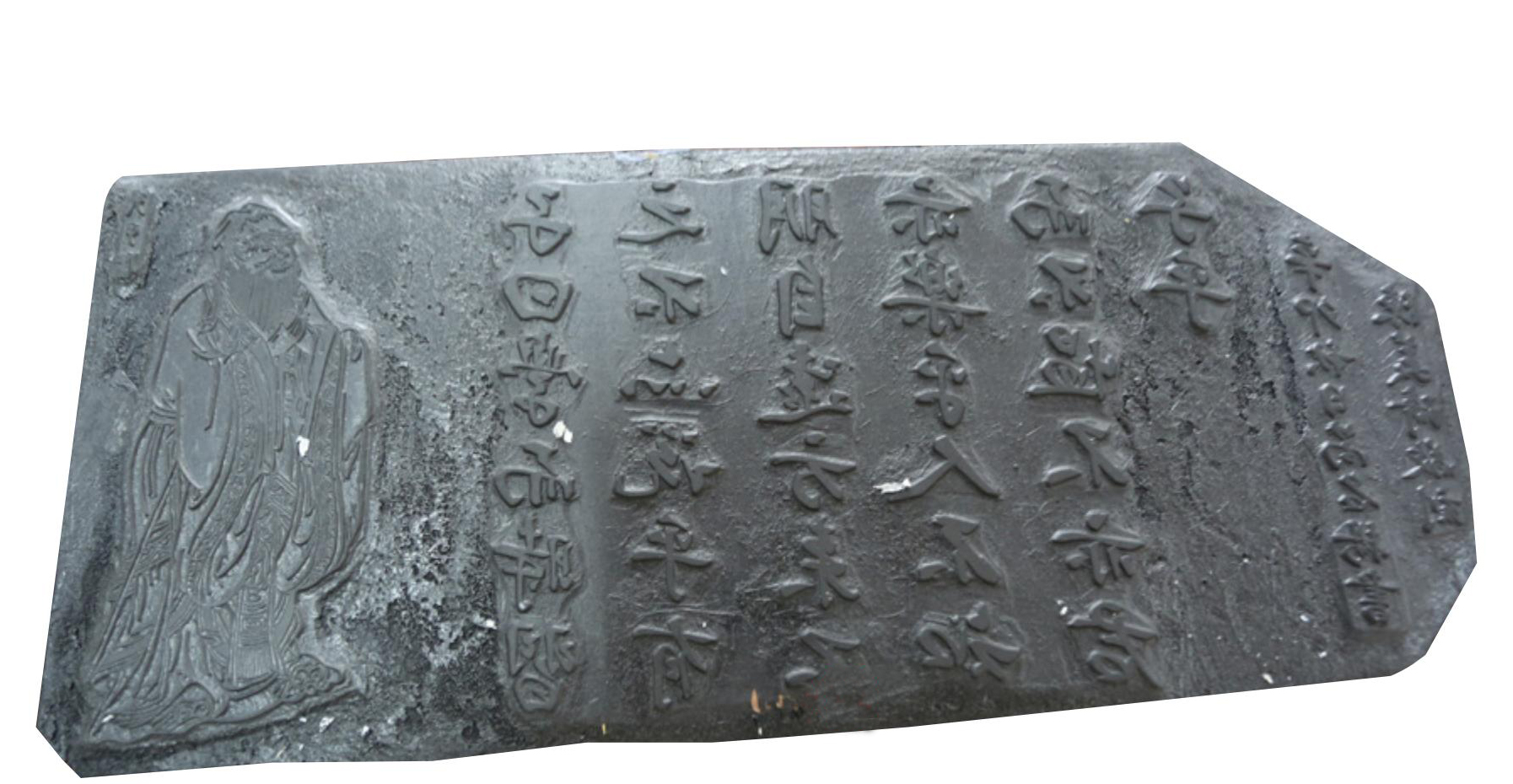
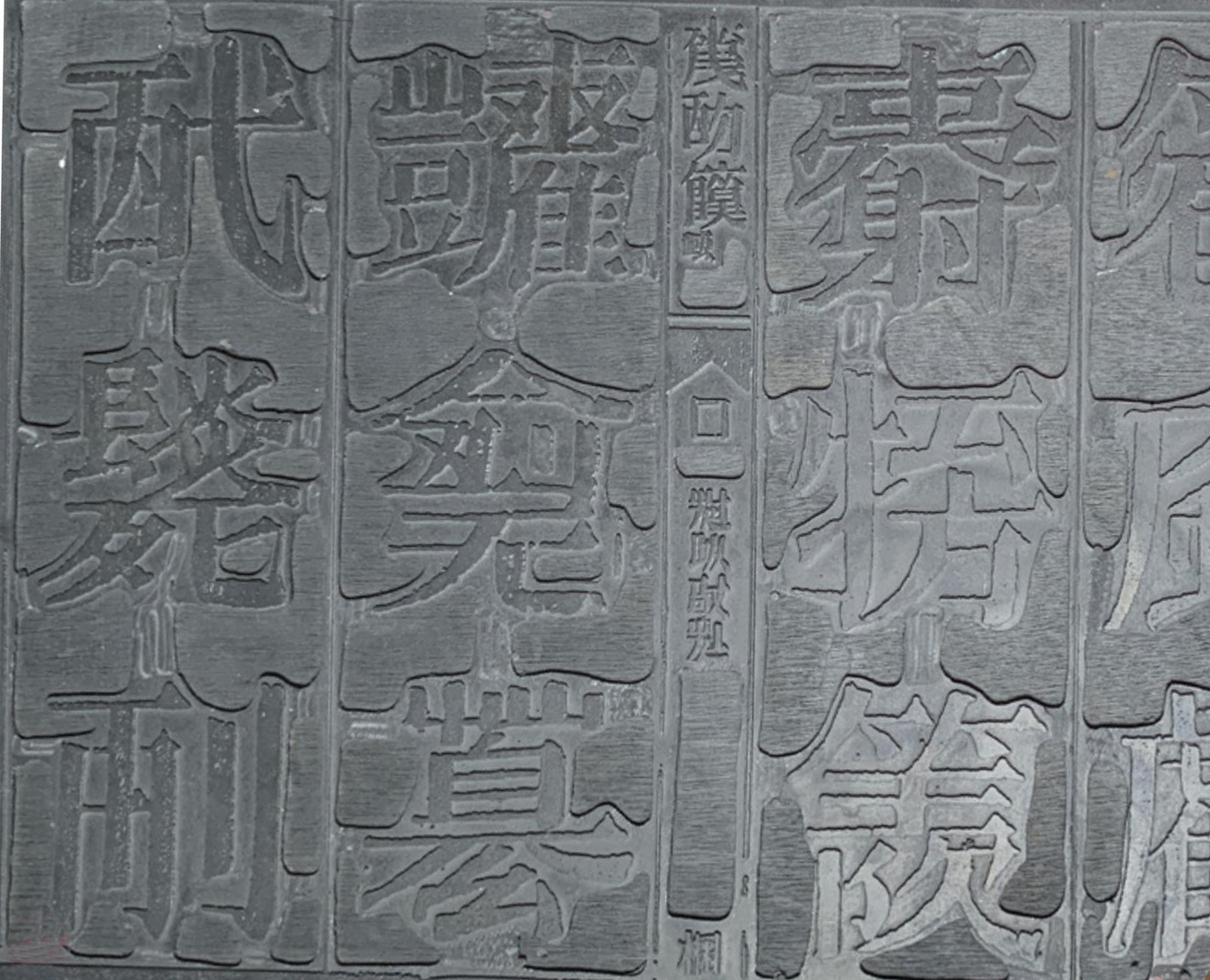
Hanying Village is located at the southernmost tip of Daxing. The factory of Beijing Huayizhai Ancient Books Printing Co., Ltd. is a large compound with simple and spacious workshops. There are no large printing machines and binding machines in modern printing factories. What you see are pieces of wooden woodcuts engraved with historical marks, piles of plain white and fine rice paper, and book-bound books on the shelves. Here, it’s like riding a time machine back to the ancient book printing workshop in history. All the ancient books that "walk" out from here are printed by hand and bound by thread. This printing factory in the suburbs of Beijing seems ordinary, but it is scattered with the ink of ancient books, recreating the glory of this ancient skill. Ren Baoquan, the general manager of Beijing Huayizhai Ancient Books Printing Co., Ltd. and the fourth generation non-genetic inheritor, enthusiastically introduced their main business. After listening to him, people felt more and more that this ancient skill won glory for our country and glory in international exchanges.
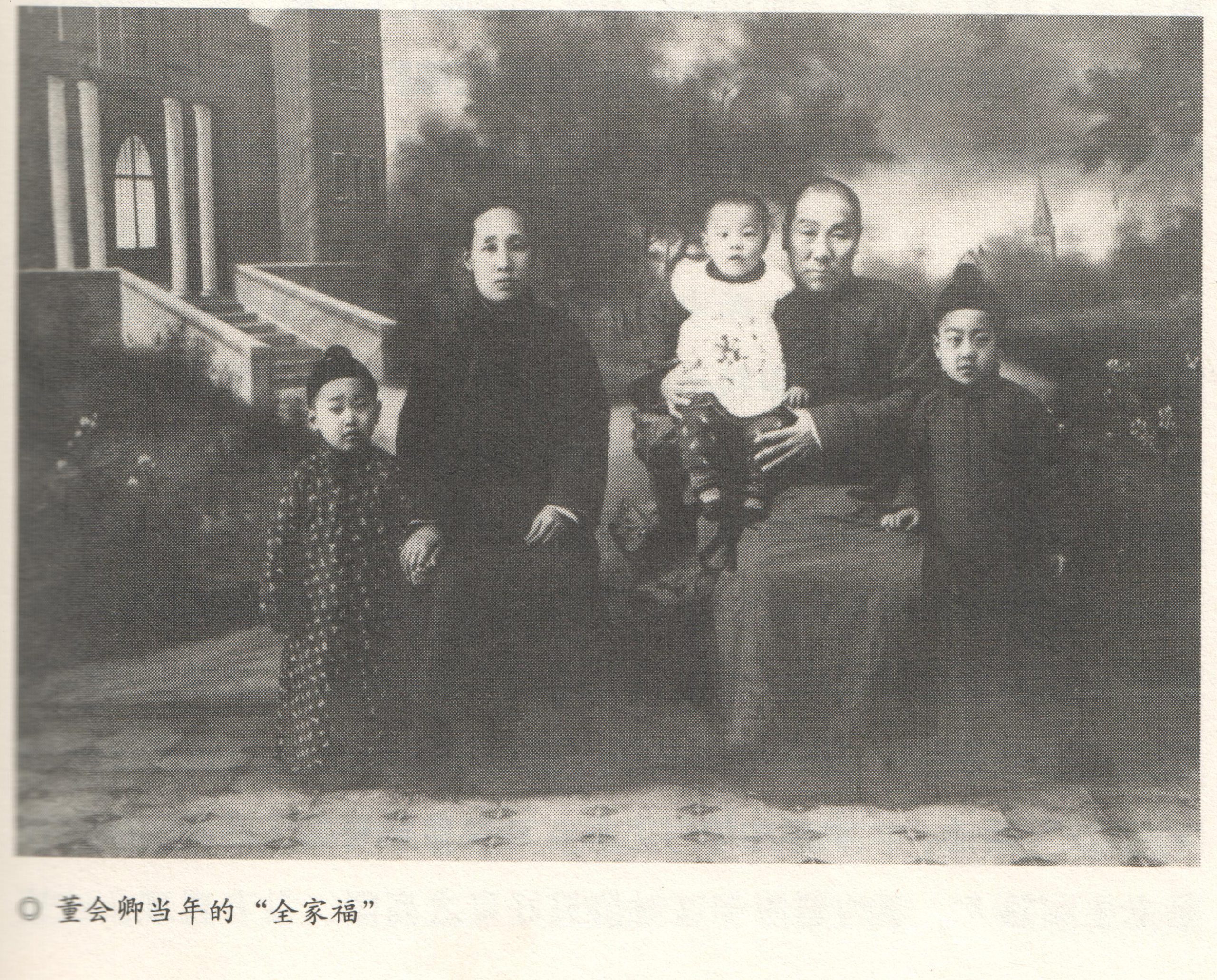
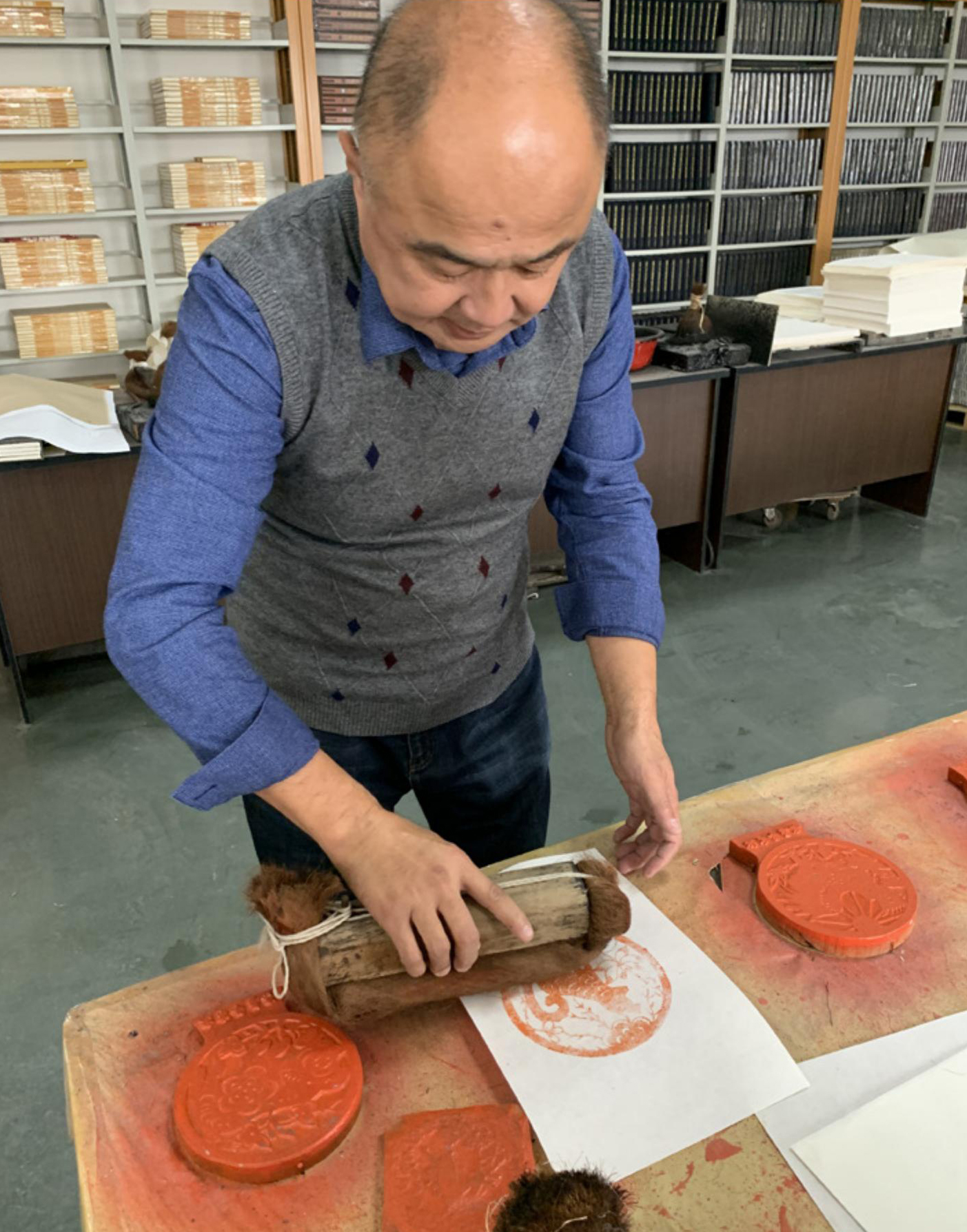
?
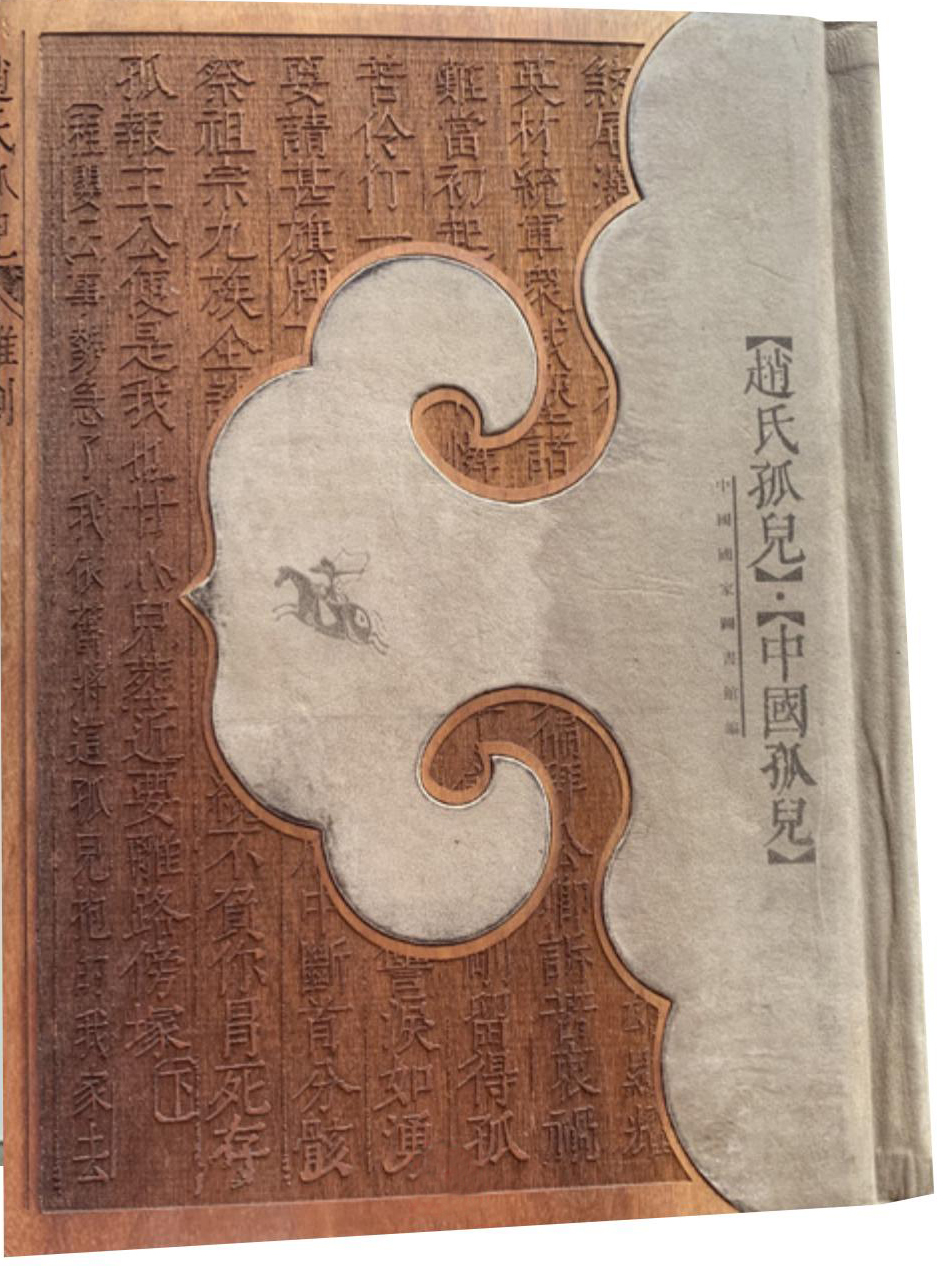
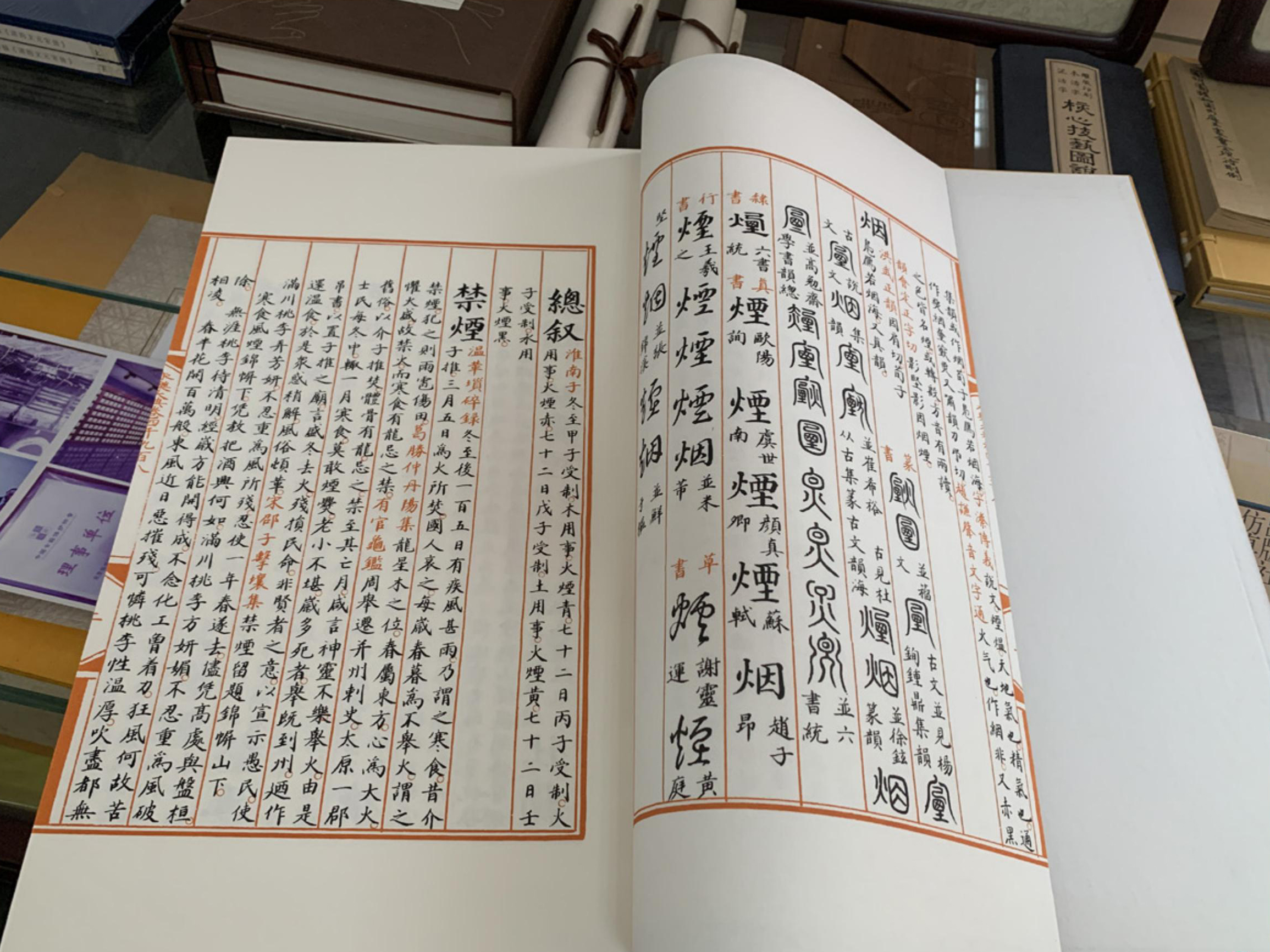
On September 18th, 2021, five batches of representative lists of municipal intangible cultural heritage were approved.
Up to now, it also undertakes the printing and binding business of thread-bound ancient books in many large libraries and museums across the country. Yongle Dadian, Qianlong tripitaka, Dunhuang suicide note, catalogue of Si Ku Quan Shu, Ten Bamboo Grottoes Notes, Rare Books of Chinese Reproduction, Legend of Hongxue karma … All the famous names in ancient books have been "reborn" here. In Ren Baoquan’s words, "60% to 70% of the country’s ancient book engravings have been here."
Engraving and printing technology was invented in the 7th century AD, and it once had a glorious stage in history. The book of Song Dynasty was once called "a page of gold" by historians. Darani Jing, which was printed by block printing in China, was engraved between 704 and 751, and it is the earliest block printing known at present. The Diamond Sutra, which is now collected in the British Museum in the 9th year of Tang Xiantong (868), was created by Wang Jun for his second parents. It is the most complete printed engraving with a date in China. This printed engraving is exquisite, skillful in knife cutting, thick and well-balanced in ink color, simple and dignified in graphics and text, and clear and distinct, which shows that the printing technology of engraving in China has reached a high level.
After entering the 9th century, engraving and printing technology has been widely used in China. During the Five Dynasties, not only did the folk engrave books, but the government also engraved Confucian books on a large scale. According to records, from the third year of Changxing in Tang Mingzong (932) to the third year of Guangshun in the later Zhou Dynasty (953), 130 volumes of Nine Classics, Five Classics and Nine Classics were engraved. In the Song Dynasty, the development of block printing technology reached a new height, and the technology was perfected, and movable type printing was invented. However, block printing was not completely replaced by movable type printing, and it still occupied an important position in the printing industry in ancient China, especially in Hangzhou, Zhejiang Province, Jianyang, Fujian Province and Chengdu, Sichuan Province. In the fourth year of Song Taizu Kaibao (971), Zhang Tu-xin carved and published all the Tripitaka in Chengdu, which took 22 years, including 1,076 books and 5,048 volumes, and there were as many as 130,000 engravings, which was the largest book in the early printing history. The Yuan, Ming and Qing dynasties basically inherited the engraving and printing technology of the Song Dynasty. There are not only officials at all levels, but also academies, bookstores and individuals engaged in engraving books, which are distributed in the classics, history, books and collections.
Beijing Huayizhai Ancient Books Printing Co., Ltd. Ren Baoquan inherited the engraving, printing and thread-bound book binding skills, and its historical origin can be traced back to Furuntang. Furuntang was established in the 29th year of Guangxu (1903). The shopkeeper Wang Futian was from Shulu, Hebei Province. At the beginning of its opening, most of its business was related to books in the Qing Palace. In 1907, Dong Jinbang became an apprentice in the second-hand bookstore of Furuntang in Beijing, and was recognized as the first generation main inheritor of this skill.
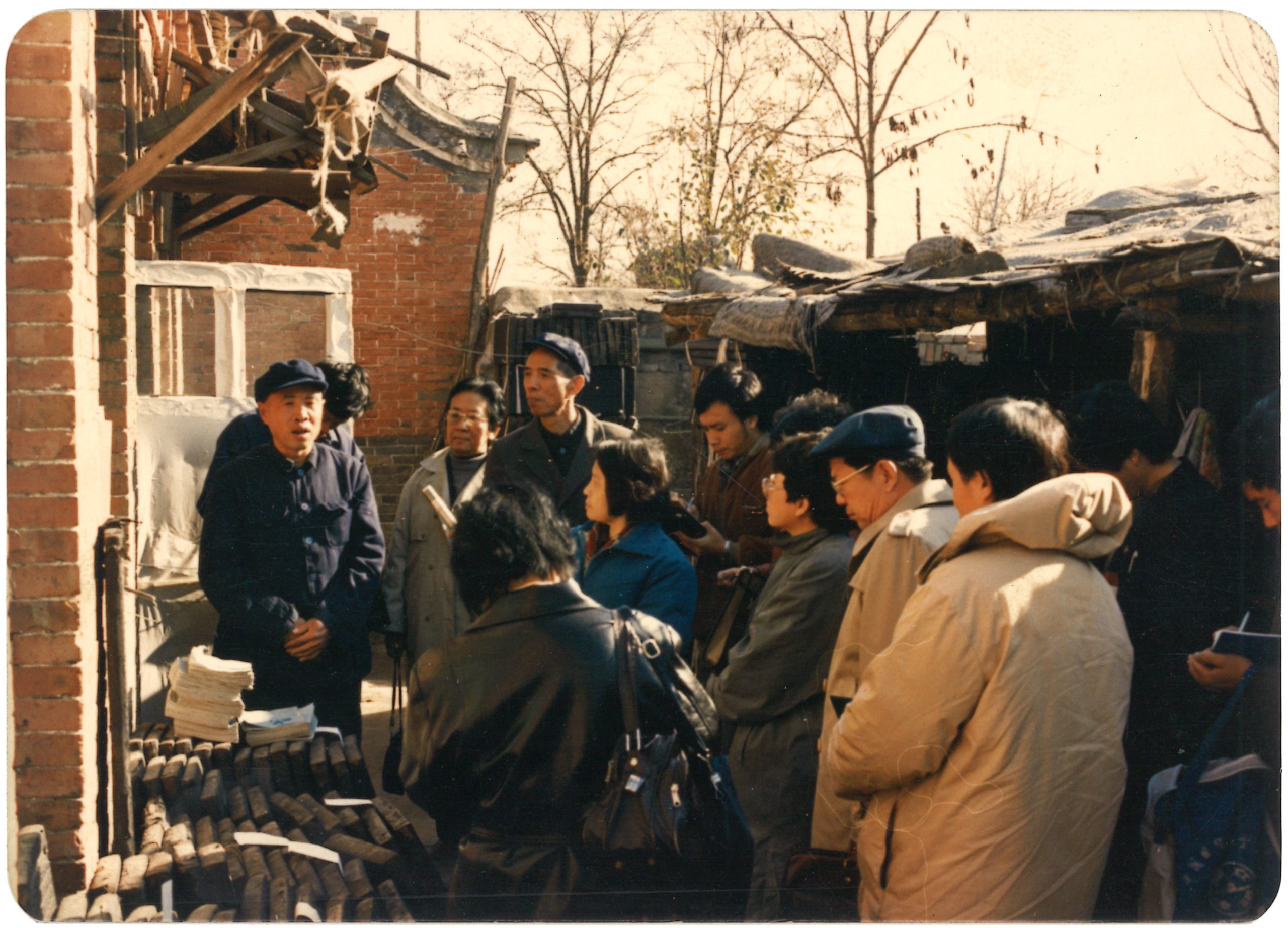
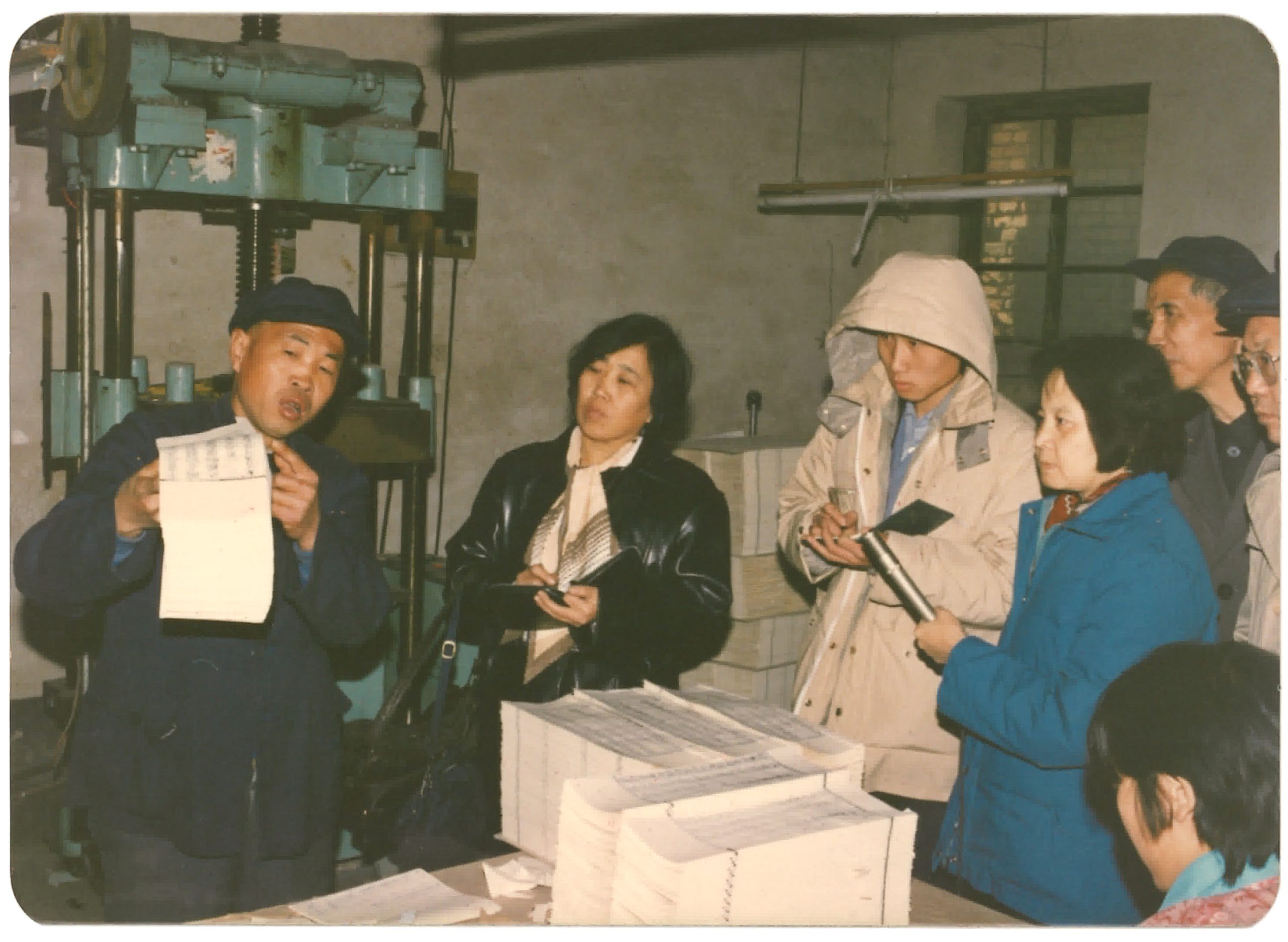
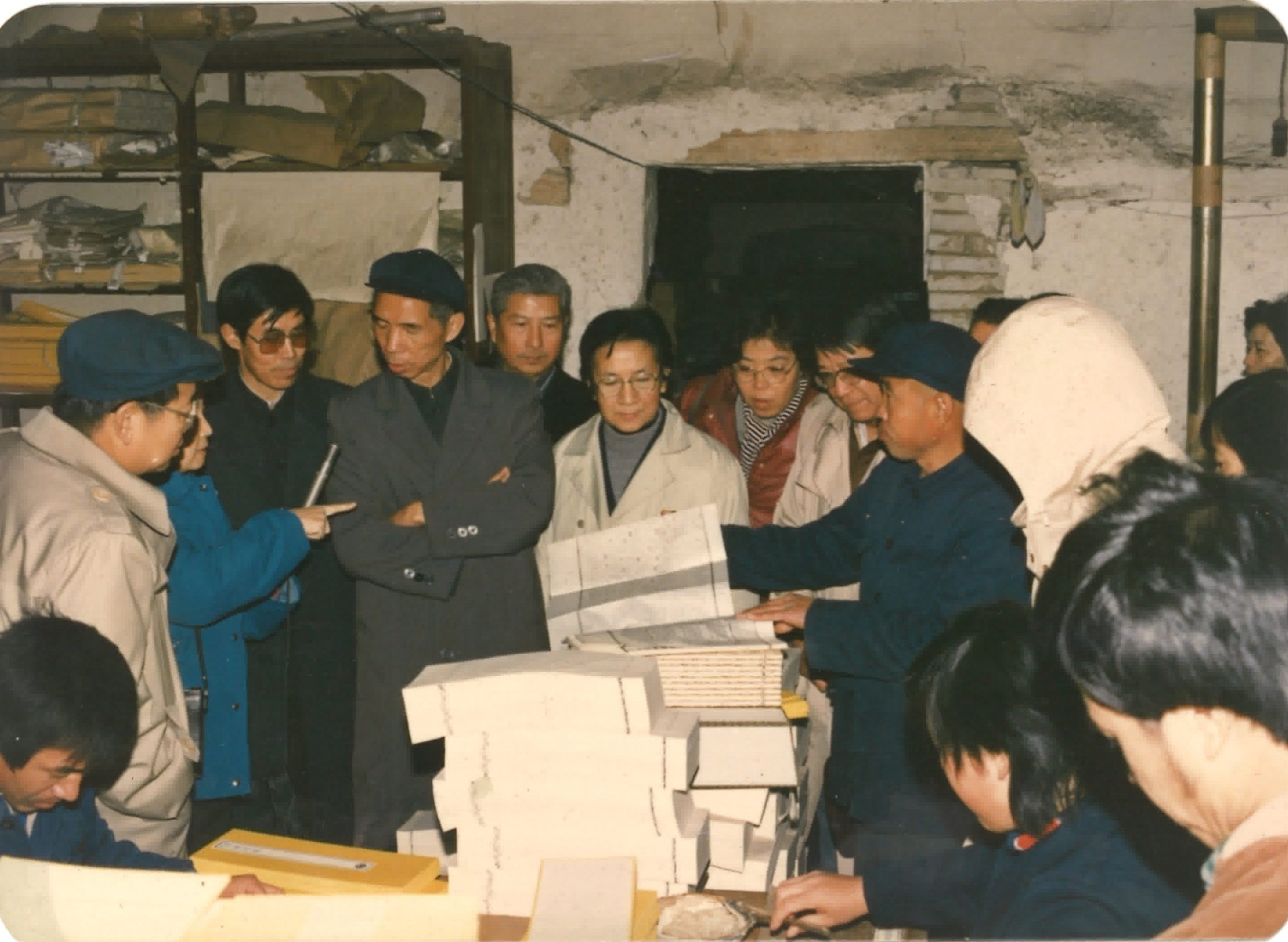
Ancient books are not only books for people to read, but also works of art that can be collected and gifts for friends, so the craftsmanship is very particular. Engraving, printing and thread-bound book binding skills are the condensation of several excellent traditional crafts of China, such as papermaking, inking, engraving and copying in China, which finally formed this unique cultural craft of China. At least 20 processes including writing, engraving, printing, folding, page matching, column alignment, cutting, corner wrapping, stitching, gluing, labeling, etc. The tools needed for engraving and printing and binding of newly printed ancient books with thread are writing brush, bristle brush, inkstone, ink, felt board, engraving, paper twisting, scissors, folding plate, etc. The styles of engraving and printing are mainly paper, fine folding, butterfly, gold inlaid jade and square book.
Nowadays, except for the first writing process, which can be replaced by modern technology such as computer printing, the other processes need to be carried out manually. This manual work looks simple, but in fact it is very complicated in technology. Writing and publishing sample jargon on paper is called edition writing. After edition writing, it is necessary to correct it, check whether there are any mistakes in writing, and then carry out reverse extension after confirming that there are no problems.
There are more than 20 kinds of books printed by Huayizhai engraving, such as Yongle Dadian, Tripitaka, Dunhuang suicide note and sample Lei Tudang. More than 10 kinds of printing plates are created by traditional methods every year. In addition to its own 500-square-meter exhibition hall for the intangible cultural heritage of Huayizhai, in recent years, it has participated in more than 100 exhibition activities such as the Beijing Cultural Fair and entering the community.

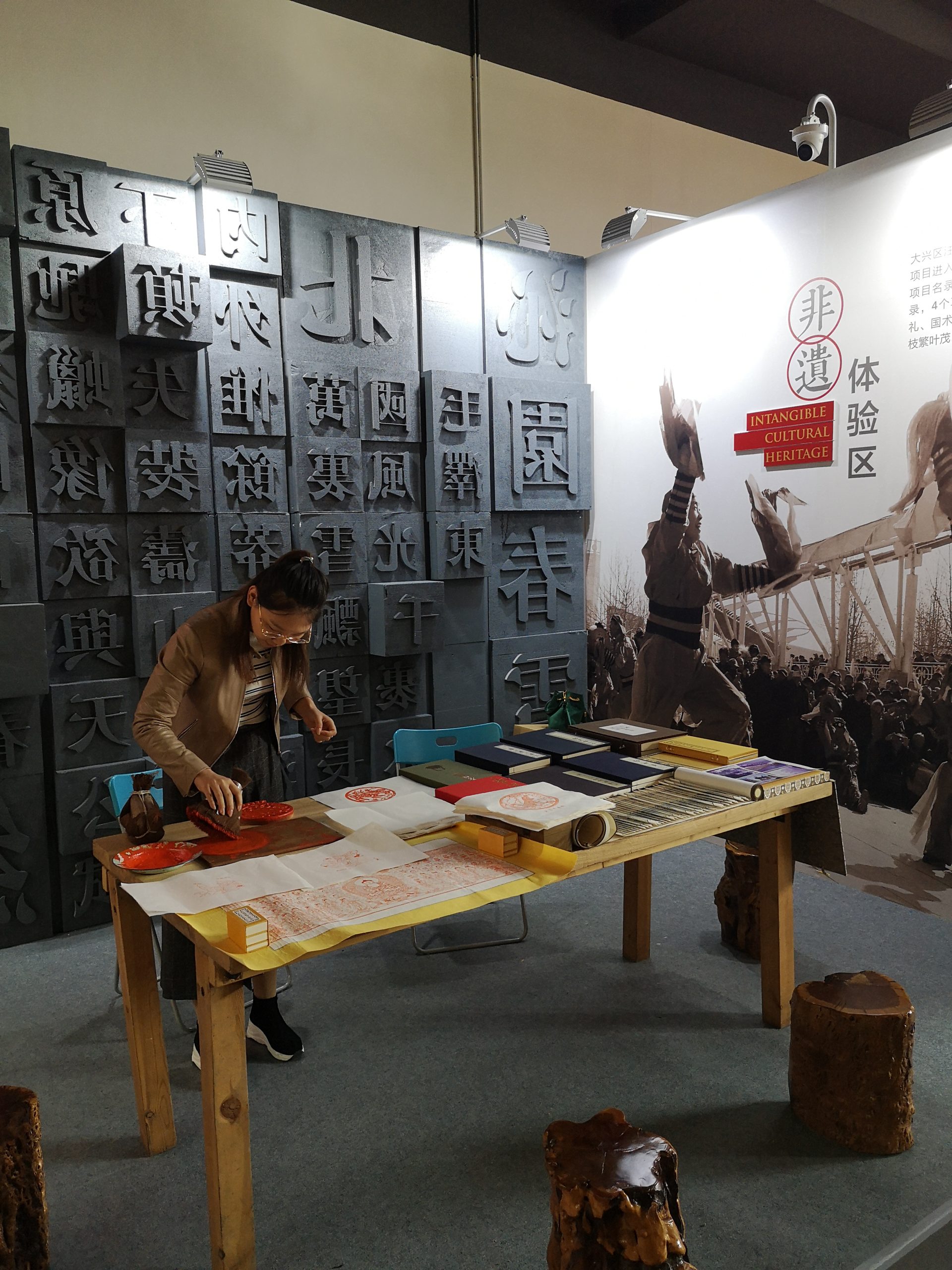
Ren Baoquan said, in fact, there are very few craftsmen among them who can carve woodcuts alone, and those who have this craft can only tinker with ancient woodcuts because there is no "work". Now, engraving and printing have entered the school classroom. After being rated as a district-level intangible cultural heritage in 2014, Ren Baoquan and old craftsmen began to walk into the characteristic school attached to Beiyin Primary School to explain this ancient skill to students and experience the unique charm of intangible culture.
Ren Baoquan is planning to build his own engraving and printing museum-Huayizhai China Aiyin Academy. "I have more than 20,000 woodcuts, and the value of woodcuts lies in its cultural communication function. If it can’t spread culture, it’s just a pile of carved boards. Although it is carefully protected, it will eventually corrupt and disappear. Only by using them and printing books can their value be reflected. " Ren Baoquan said that his planned woodblock printing museum will show the whole process of woodblock printing and allow visitors to participate in the printing process. "I’m collecting pear boards used in block printing, inviting old craftsmen back, turning block printing into a cultural and creative industry, allowing people to truly experience the block printing technology and spread this cultural treasure of China." It is Ren Baoquan’s wish to pass on the skills of block printing and thread-bound book binding from generation to generation, and it is also widely expected.